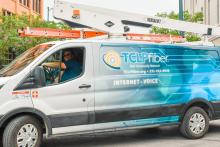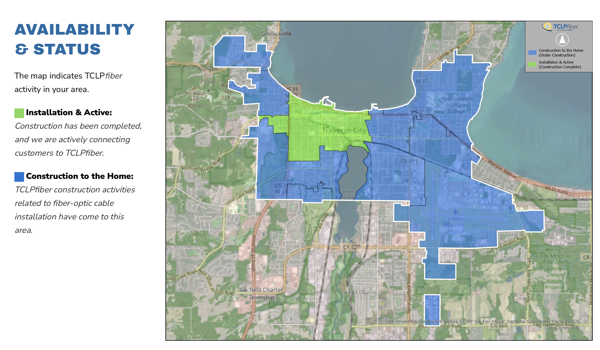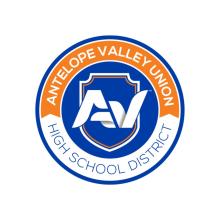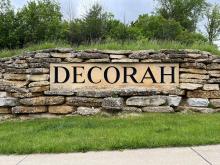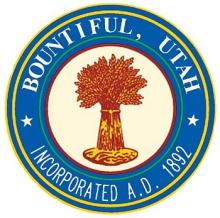Year in Review 2025 - Episode 670 of the Community Broadband Bits Podcast

In this special year-end episode of the podcast, Chris is joined by Community Broadband Networks colleagues Jordan Pittman, Sean Gonsalves, Jess Auer, Christine Parker, Ry Marcattilio, and DeAnne Cuellar for a wide-ranging and candid review of 2025’s biggest broadband developments.
The team revisits their predictions from the start of the year, unpacking what they got right—and where reality proved far harsher than expected.
The conversation dives deep into the troubled rollout of the BEAD program, including delays, shrinking ambitions, and the growing uncertainty facing rural and Tribal communities.
They also explore the fallout from the end of the Affordable Connectivity Program, the chilling effect on state affordability efforts, and the broader consequences of federal inaction on digital equity.
Along the way, the group highlights important bright spots, including Tribal Nations securing BEAD awards, new municipal networks coming online, and continued local leadership in states like New York and California.
At the same time, they grapple with rising broadband prices, consolidation in the telecom industry, stalled competition policy, and what it means when Internet access continues to fall off the national priority list.
Tune in for thoughtful reflection, sharp analysis, and a clear-eyed discussion of what 2025 taught us—and what communities should be watching as the fight for fast, affordable, and accountable Internet access continues into 2026.
This show is 51 minutes long and can be played on this page or via Apple Podcasts or the tool of your choice using this feed.
Transcript below.
We want your feedback and suggestions for the show-please e-mail us or leave a comment below.
Listen to other episodes or view all episodes in our index. See other podcasts from the Institute for Local Self-Reliance.
Thanks to Arne Huseby for the music. The song is Warm Duck Shuffle and is licensed under a Creative Commons Attribution (3.0) license





